AYRARAT TOUR
Welcome to Armenia!
Armenian Cuisine
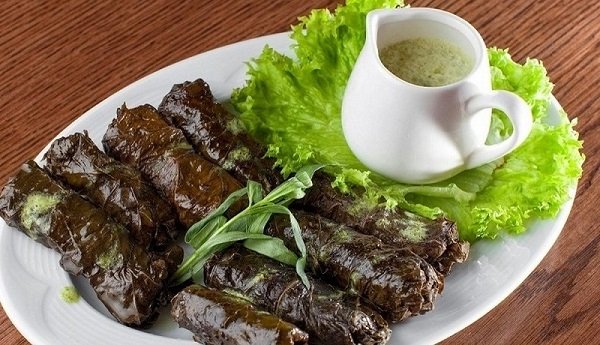
Armenian Cuisine
Armenian cuisine includes the foods and cooking techniques of the Armenian people and traditional Armenian foods and dishes. The cuisine reflects the history and geography where Armenians have lived as well as sharing outside influences from European and Levantine cuisines. The cuisine also reflects the traditional crops and animals grown and raised in Armenian populated areas.
The preparation of meat, fish, and vegetable dishes in an Armenian kitchen often requires stuffing, frothing, and pureeing. Lamb, eggplant, and bread are basic features of Armenian cuisine. Armenians traditionally used cracked wheat in preference to maize and rice. The flavor of the food relies on the quality and freshness of the ingredients rather than on excessive use of spices.
Khorovats
Tourists never leave Armenia without tasting famous
khorovats . Khorovats is one of the special foods of the Armenian cuisine.
Khorovats is an Armenian barbecue. It is the most representative dish of Armenian cuisine enjoyed in restaurants, family gatherings, and as fast food in Armenia and by Armenians around the world. The word "
khorovats " means "grilled" in Armenian and comes from the verb "
khorovel "
khorovel (to grill). It can also be spelled
xorovac .
Armenian barbecue is completely different from American bbq; it’s usually made of big cuts of pork, not ground beef, and it is cooked on hot coals after burning a wood fire. The process of preparing barbecue is very important and it is always made by men, who like to play with fire as they associate it with women’s body. The whole idea is to get together and have a great barbecue picnic on a sunny day as Armenian barbecue is usually made outdoors.
If you don’t eat pork, you can taste lamb or chicken barbecue,
which are made with the same traditions.
As in case of Armenian traditional dish dolma every year there is held Armenian Barbecue Festival in Akhtala, Lori province. Last year IBF, WBA and WBC champion Vic Darchinyan participated in the Barbecue Festival and opened the statue of famous Armenian actor Armen Jigarkhanyan. The organizers of the Barbecue Festival aim to raise popularity of Armenian national cuisine at world level. Don’t miss the chance to participate in the upcoming Barbecue Festival in Armenia in September this year.
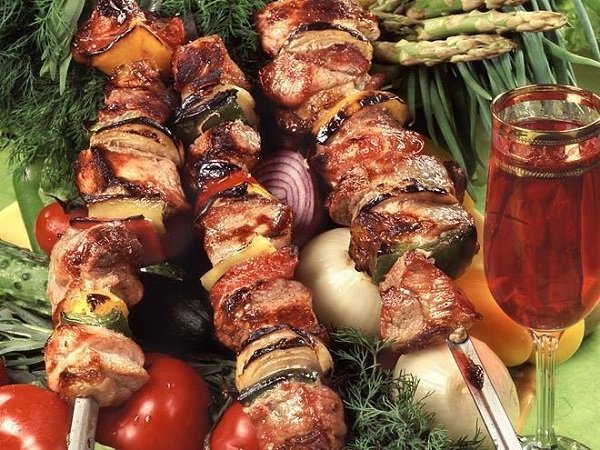
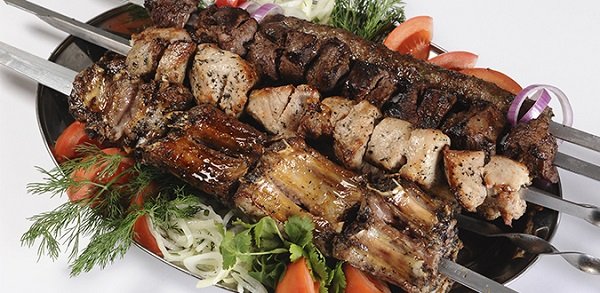
Tolma - Dolma
When you visit Armenia,
tolma should surely be on your list of dishes to taste. Tolma (or sometimes written "dolma”) is considered to be "the most Armenian dish’’ by many people.
Tolma is made of meat or vegetables rolled up in fresh young grape leaves. It can also be stuffed in leaves of cabbage or edible greens if they wish.
This dish of Armenian cuisine,
tolma , is as ancient as its history. Throughout the centuries, Armenians have always tried to make it more and more delicious. That has actually resulted in many different recipes of making
tolma . Some of them are so unique that they can only be found in Armenia.
So, there are different recipes and ways for making it and each has its specific taste and uniqueness that make tolma kind of unique dishes even in Armenian cuisine.
You will know the reason after tasting this inimitable Armenian dish that extends far beyond the border of many different countries.
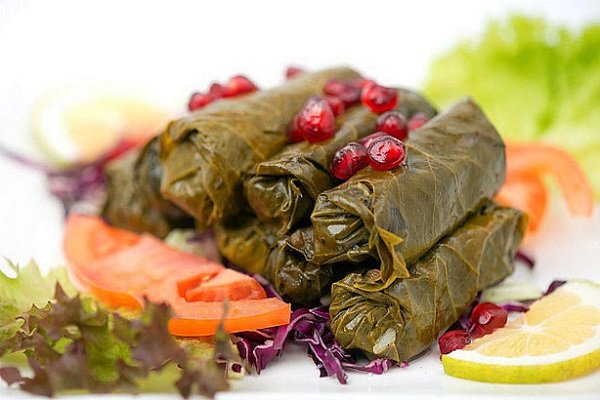

Chi Kofte
Chi Kofte is considered a delicacy in Cilician Armenian culture and is normally prepared on special occasions, especially during holidays. There are many varieties of kofte among Armenian families depending on the historic region they are from and their personal preferences. For example, some may use more or less bulgur, and some may use more or less pepper paste depending on their desired spiciness.
Traditional Armenian chi kofte is made in two varieties, either in loose meatball form in the shape of a small egg, or flattened on a plate with olive oil and minced green onions, similar to kibbeh
nayyeh . However, unlike Levantine Arabs, eating chi kofte with bread is not common among Armenians.
A vegetarian variety also exists which is shaped very similarly to chi kofte and with a similar texture. Although it is prepared throughout the year, it is particularly popular during Lent in accordance with the diet restrictions of the Armenian Apostolic Church.
Chi Kofte was introduced in the United States by Armenian immigrants , and was commonly referred to as Armenian steak tartare. This term is not as common today based on the declining popularity of steak tartare.


Ghapama
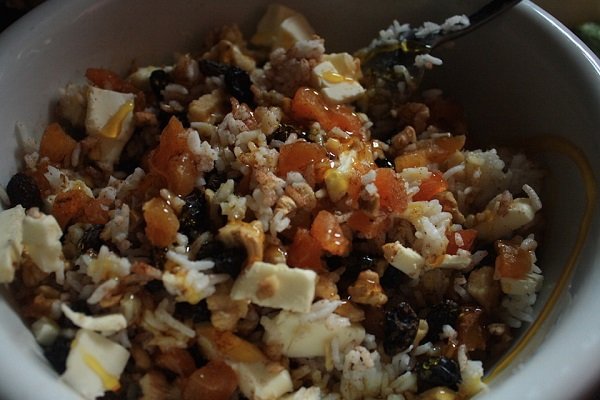
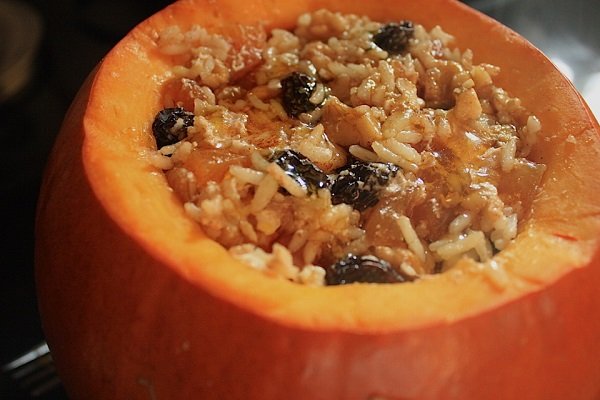

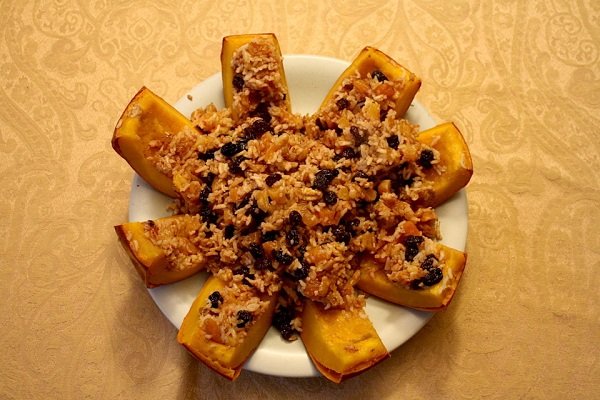
Lavash
Lavash is a soft, thin unleavened flatbread made in a tonir and eaten all over the Caucasus, Western Asia and the areas surrounding the Caspian Sea.
Lavash is a traditional thin bread that forms an integral part of Armenian cuisine. Its preparation is typically undertaken by a small group of women, and requires great effort, coordination, experience and special skills. A simple dough made of wheat flour and water is kneaded and formed into balls, which are then rolled into thin layers and stretched over a special oval cushion that is then slapped against the wall of a traditional conical clay oven. After thirty seconds to a minute, the baked bread is pulled from the oven wall. Lavash is commonly served rolled around local cheeses, greens or meats, and can be preserved for up to six months.
In 2014, "lavash, the preparation, meaning and appearance of traditional bread as an expression of culture in Armenia" was inscribed in the UNESCO Representative List of the Intangible Cultural Heritage of Humanity.
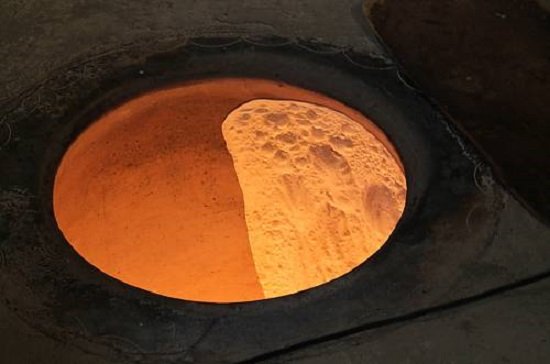
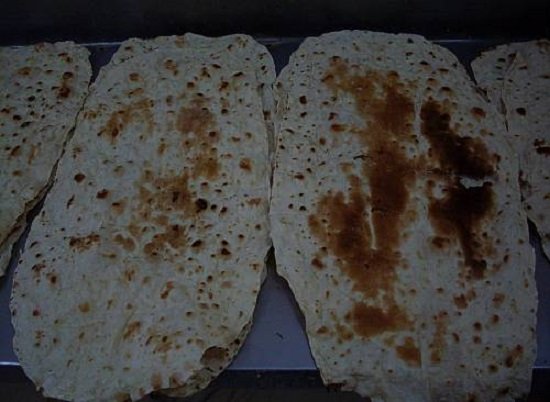

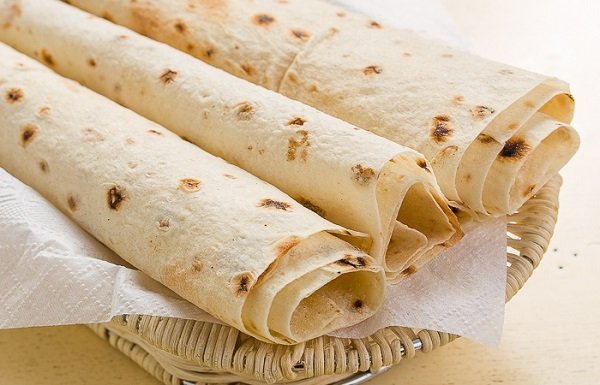
Khash
Khash is one of the most festive Armenian dishes eaten mostly in the cold season.
Khash is a dish of boiled cow or sheep's feet and/or head, although other cow parts, such as the brain, head and stomach (tripe) may also be used. It is cooked by boiling bovine shanks for hours until the tendon falls off the bones and the water becomes a thick broth. Many times cooked stomach pieces are also added to the dish. There is no salt used while cooking, but it is liberally seasoned with salt and
crashed garlic after the dish is served.
The name khash originates from the Armenian verb " khashel", which means "to boil." Besides, the Armenian root " khashn" well testified in early medieval records means" a herd of sheep or goats" . The dish, initially called khashoy, is mentioned by a number of medieval Armenian authors, e.g. Grigor Magistros (11th century), Mkhitar Heratsi (12th century), Yesayi Nchetsi (13th century), etc.
Khash is eaten with dried lavash bread which is crumbled into the broth. Sometimes another soft piece of lavash is used as a wrap. Khash is never eaten alone, it always a party dish.
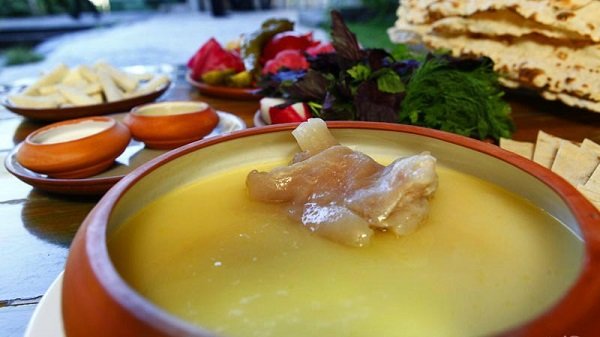
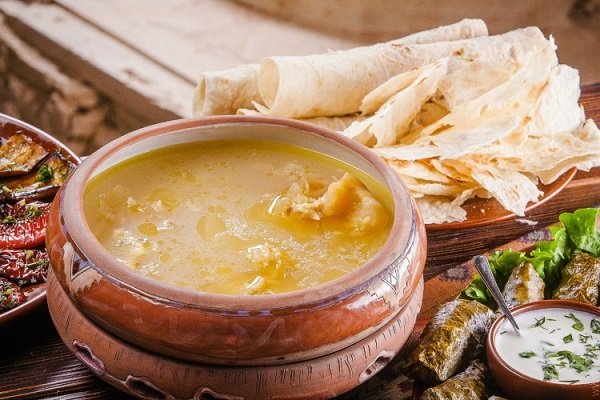
Zhingalov Khats - Jengyal Bread
Zhingalov khats, a flatbread with a variety of fresh herbs, is a specialty from Artsakh (Nagorno-Karabakh), literally, it means bread with herbs in Armenian. If you ever visit the market in Stepanakert, you can taste the real deal made fresh in front of you.
Unleavened dough is rolled out until it becomes paper-thin, then it is filled with the stuffing that consists of 10 to 20 types of diced and oiled wild and cultured herbs.
asteless leaf vegetables and herbs with less pronounced taste make up the base of the stuffing, examples include lettuce, spinach, atriplex, beet greens, chickweed, shepherd's-purse, viola leaves and suchlike plants. Herbs with peculiar taste, sour or spicy ones are needed in smaller quantities; bitter-tasting greens as taraxacum should be sparse. Additionally the stuffing might contain bryndza and fried onions. One of the most important steps in preparing a good zhingyalov hats is the greens' composition.
In 2015, at the end of April, Nagorno-Karabakh Republic held a festival "Zhingyalov hats".
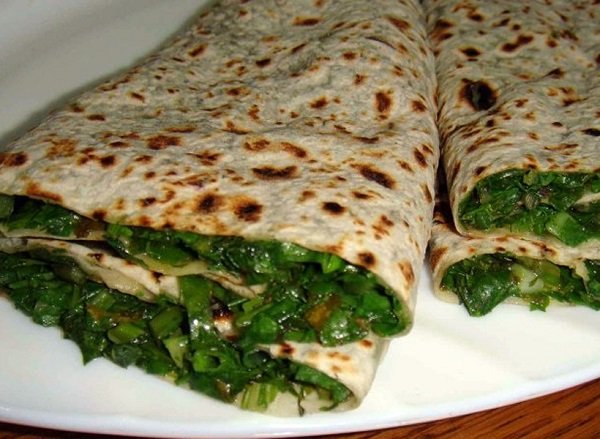
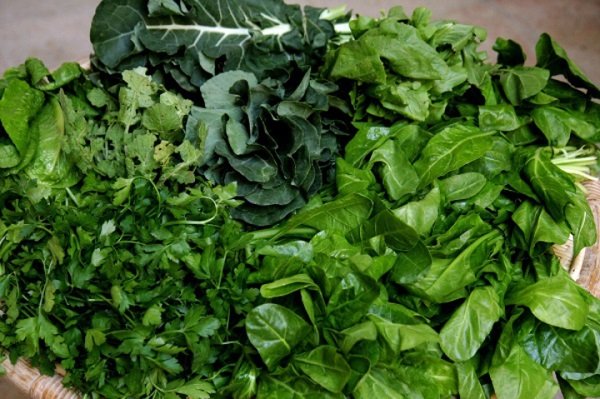
Matzoon
Matzoon or matsoni also
kown as Caspian Sea yoghurt in Japan. Matzoon is a fermented milk product of Georgian and Armenian origin, found in Caucasian cuisine, particularly in Armenia and Georgia. It is very similar to yogurt.
Matzoon is made from cow's milk (mostly), goat's milk, sheep's milk, buffalo milk, or a mix of them and a culture from previous productions.

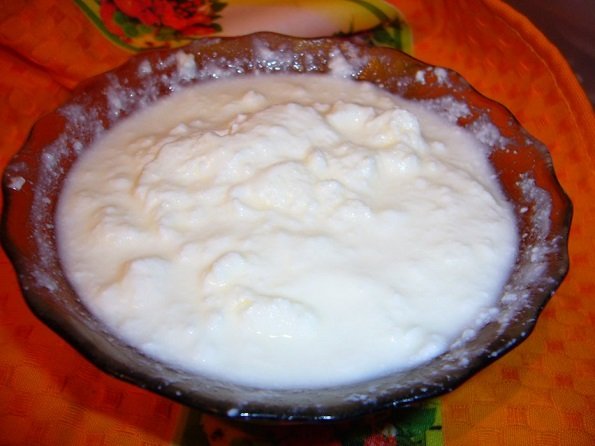
Spas
Spas has a great, tangy and creamy taste. It can be served as refreshing, cold soup for summertime or hot and heartwarming comfort soup in cold season. Very few ingredients are needed to make this truly delicious Armenian yogurt soup Spas.
This soup, sometimes called
tahnabour or madzoon
abour , is classic Armenian cuisine. This soup can be made with rice or peeled wheat, both versions of the soup are equally tasty.


Harissa
Harissa is an Armenian dish from the Ararat plain. It is a thick porridge made from
korkot and fat-rich meat, usually chicken or lamb. Herbs were substituted for meat in harissa when Armenian religious days required fasting and penance. The extremely long cooking process is an essential part of the harissa tradition. Like other ritual dishes, the time taken for preparation is part of its cherished value.
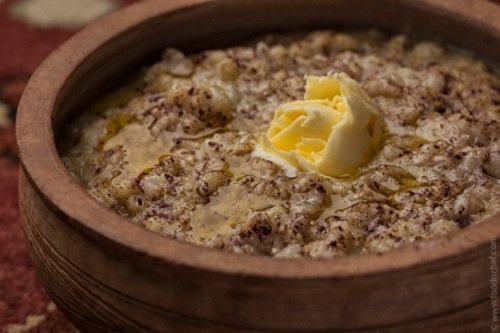

Soup Bozbash
Bozbash is a popular Armenian meat, lightly sour, soup, made from fat lamb fillet with potatoes, peas, beans and fruits. There are different kinds of this soup, but they differ only by the additional fruits and vegetables.
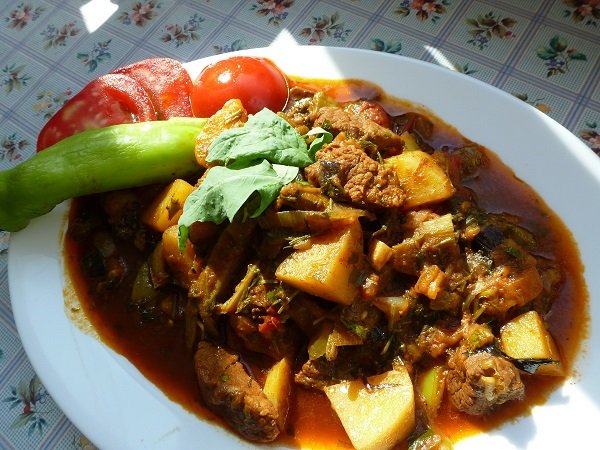
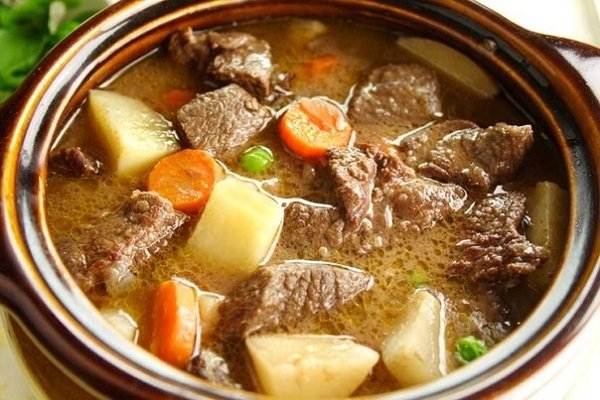
Armenian Beer
Armenian produced beer is considered to be one of the favorite drinks of Armenian men. The beer industry is developing barley malt and producing beer from it. The preparation of beer in Armenia was known from ancient times. According to the Greek historian
Xenophon the manufacture of beer in Armenia has begun from BC V-IV centuries. Armenians used beer grains for brewing.
Popular Brands: Kotayk, Kilikia, Gyumri, Aleksandrapol.

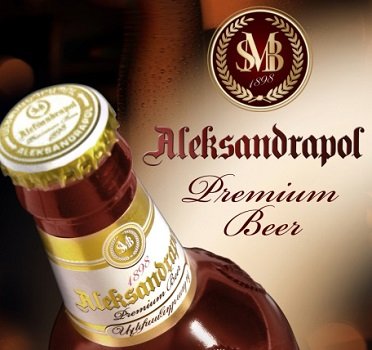


Armenian Brandy - Cognac
Armenian Brandy, known locally as konyak is perhaps Armenia's most popular exported alcoholic drink. It has a long history of production. The history of Armenian brandy begins in 1887, in the winery of Armenian merchant N. Tairov (Yerevan). Armenian brandy made by Yerevan Wine & Brandy Factory was said to be the favorite drink of British statesman Winston Churchill. It was the favorite alcoholic drink of Joseph Stalin, Franklin D. Roosevelt and Churchill at the Yalta conference at 1945.
Popular Brands: Ararat; Dvin, Noy.
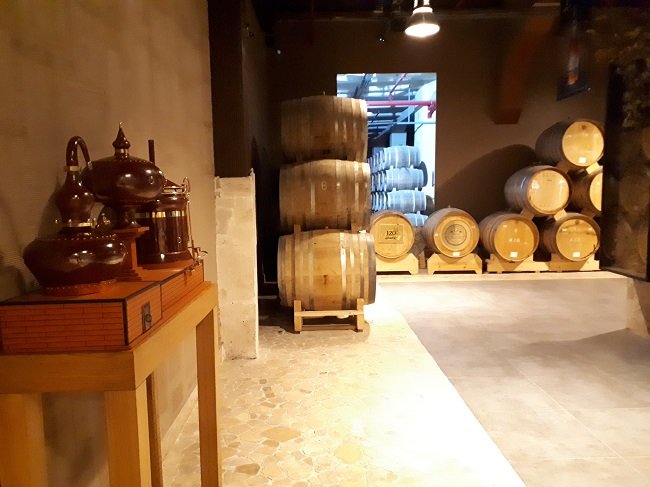

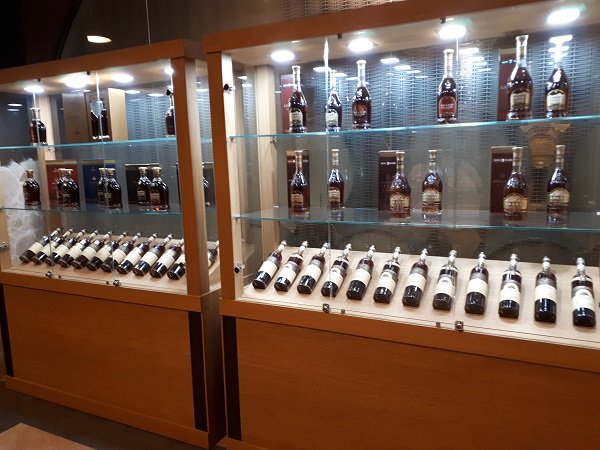
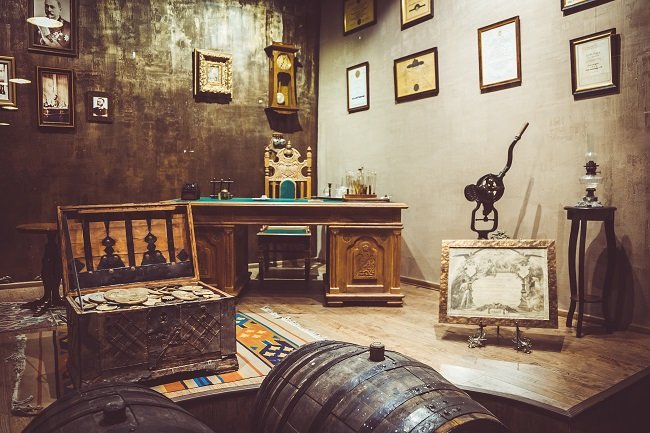
Armenian Wine
The alcoholic drink with the longest history in Armenia is wine. One of the oldest wineries in the world was discovered in Armenia (
Areni I cave). Armenian wine played an important role in the history of wine.
Since ancient days Armenia was famous for the
wine makers where original traditions were kept until this day. It is possible to learn about this even from works of such philosophers, as Herodotus and Strabo. In 401–400 BC, when the Greek armies led by Xenophon "were passed" on the country Nairi (one of the most ancient names of Armenia), in the Armenian houses they were treated with wine and beer which was kept in deep dugouts in special "
karases " (clay pots).
In
karases with beer, reeds have been inserted which served for our Archaeological excavations carried out by academic Pyatrovski in the 19th and 20th centuries have confirmed that in the 9th century BC, the area of modern-day Yerevan was a wine-making region.
Archaeologists have found, in the fortress Teishebaini, a wine storehouse with 480
karases , which hold 37,000 daL of wine. During excavation in Karmir Blur (one of the most ancient settlements of Armenia where first attributes of life are found out a little thousand years ago) and Erebuni (city-fortress in territory of present Yerevan, built 2800 years ago and became in 2700 the capital of Armenia) had been found 10 wine storehouses in which were 200
karases .
Still ancestors of Armenians – inhabitants of one of the most ancient states of the world - Urartu, were engaged in wine growing. In historian certificates, that in
thus one of the most ancient states in the world the special attention was given development of wine growing and fruit growing were kept. Often in the historical data which have reached to us manufacturing techniques of wine and beer are mentioned.
In 2011 archaeologists in Armenia announced the discovery of the world's oldest-known wine production facility. Located in the
Areni cave complex, it consisted of a shallow basin to press grapes, a vat for storage, and fermentation jars. They also found grape seeds, remains of pressed grapes, and dozens of dried vines. The seeds were from Vitis vinifera a grape still used to make wine. The cave remains date to about 4000 BC – 900 years before the earliest comparable wine remains, found in Egyptian tombs.
A large number wineries and vineyards are found throughout the provinces of the Republic of Armenia. A winery is a property that produces wine, or a business involved in the production of wine (as well as other types of alcoholic beverages), such as a wine company. Some wine companies own many wineries. Besides wine making equipment, larger wineries may also feature warehouses, bottling lines, laboratories, and large expanses of tanks known as tank farms.
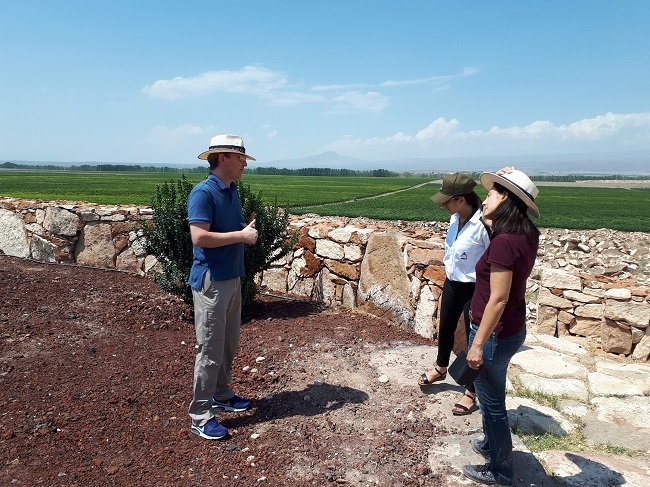

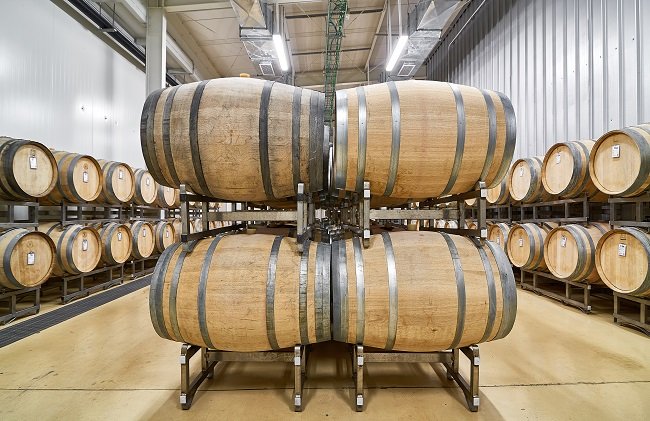
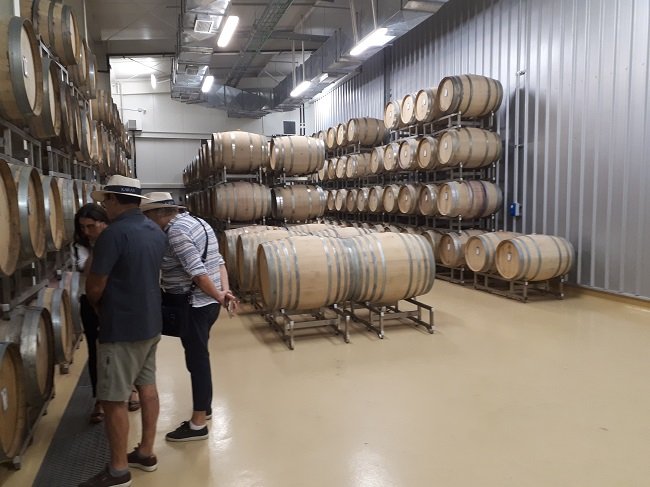
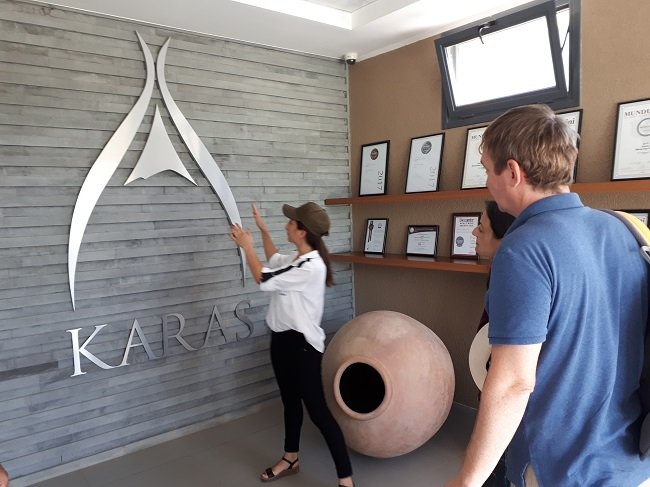
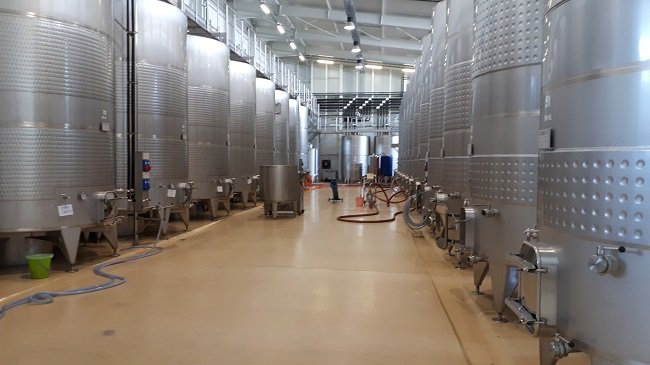
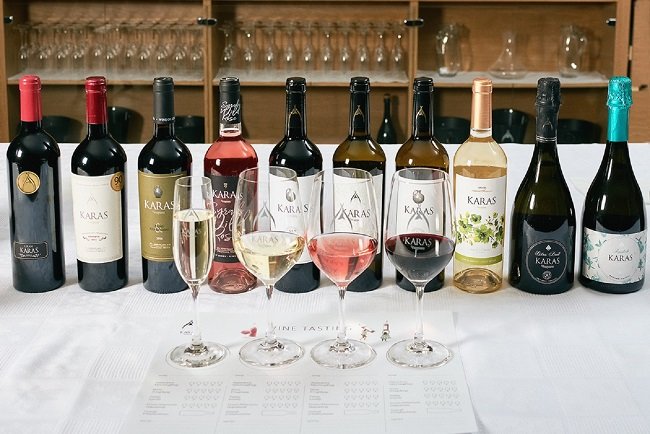
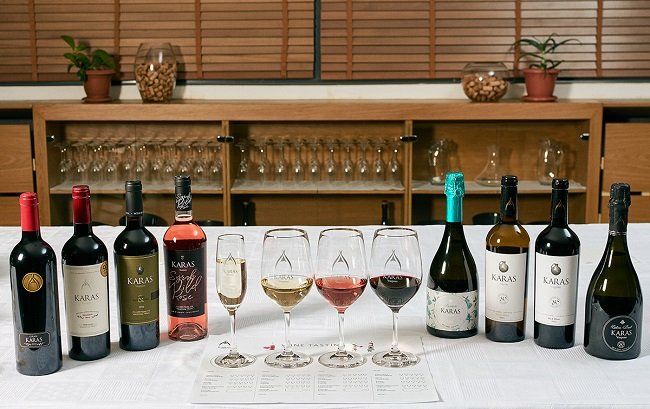
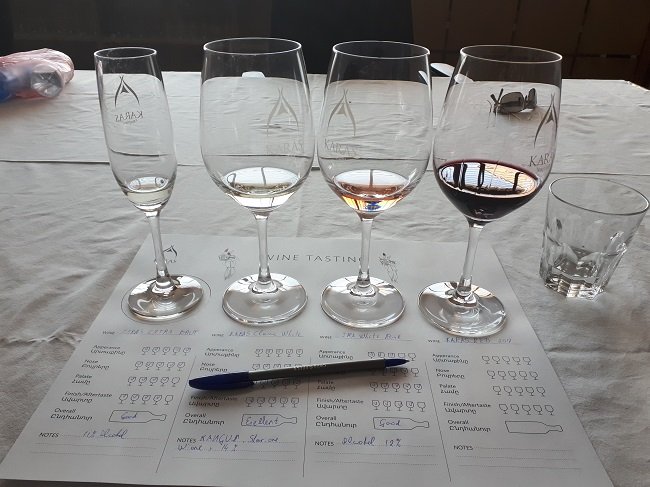
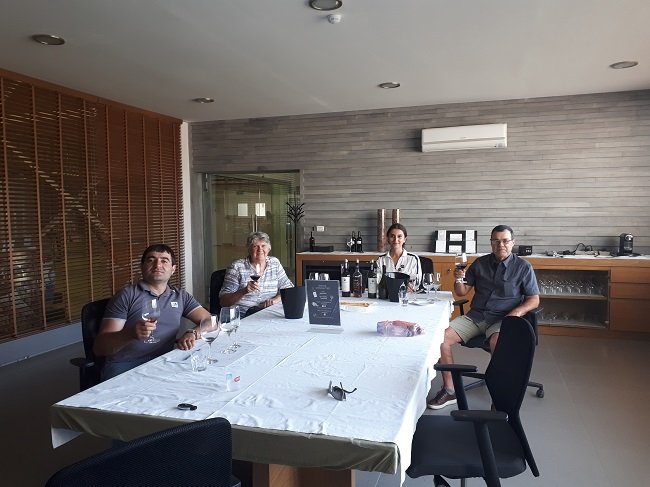
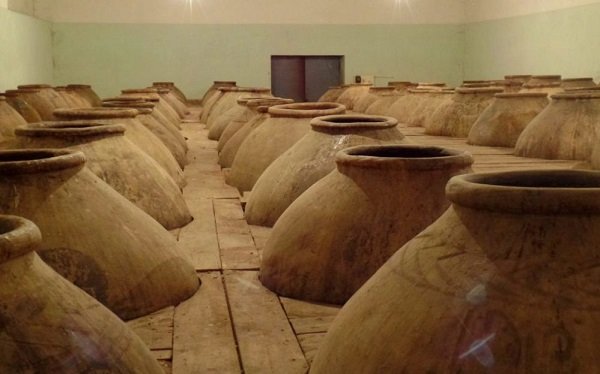

Armenian Mineral Water
Armenia has huge reserves of mineral water - in Jermuk, Bjni, Arzni, Hankavan, and Dilijan. About 7 companies are engaged in mineral water production.
Among the soft drinks Armenian mineral water is known for its healing specialty and is recommended by doctors.
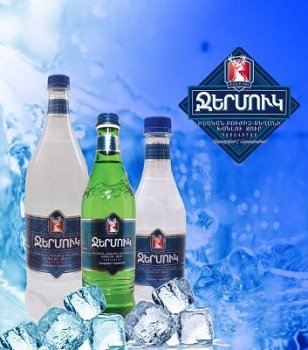
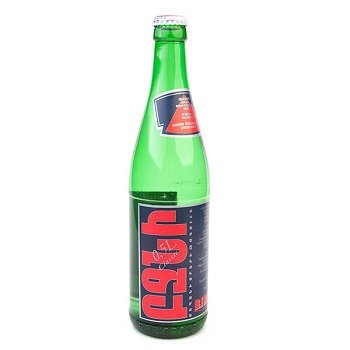
Khorovats; Ghapama; Lavash; Khash. . .






